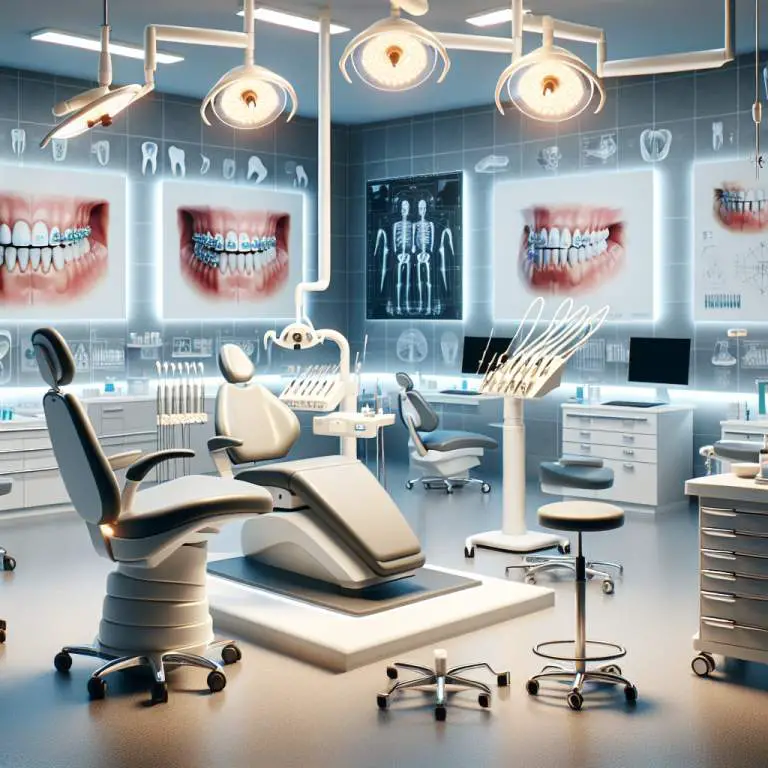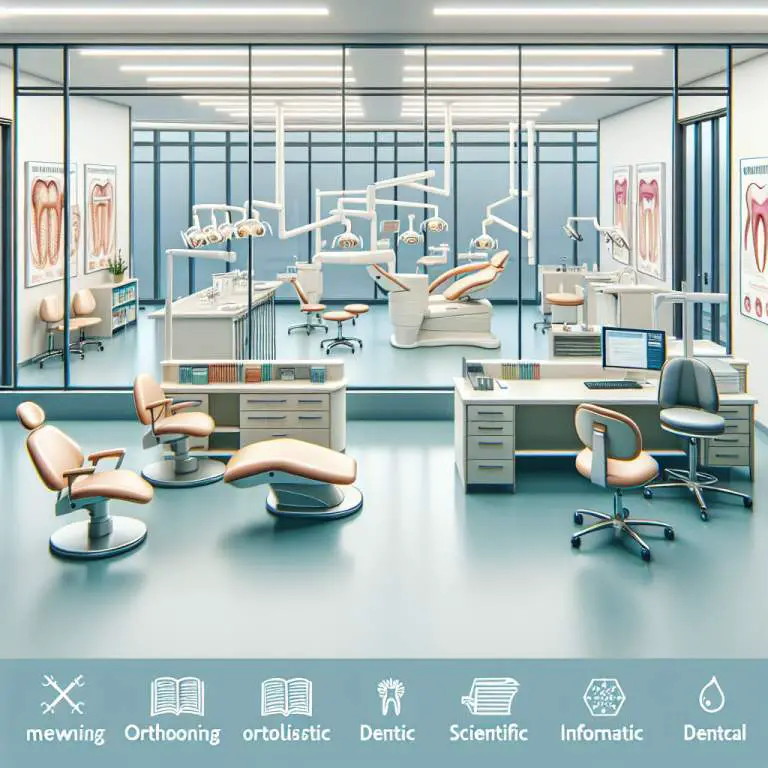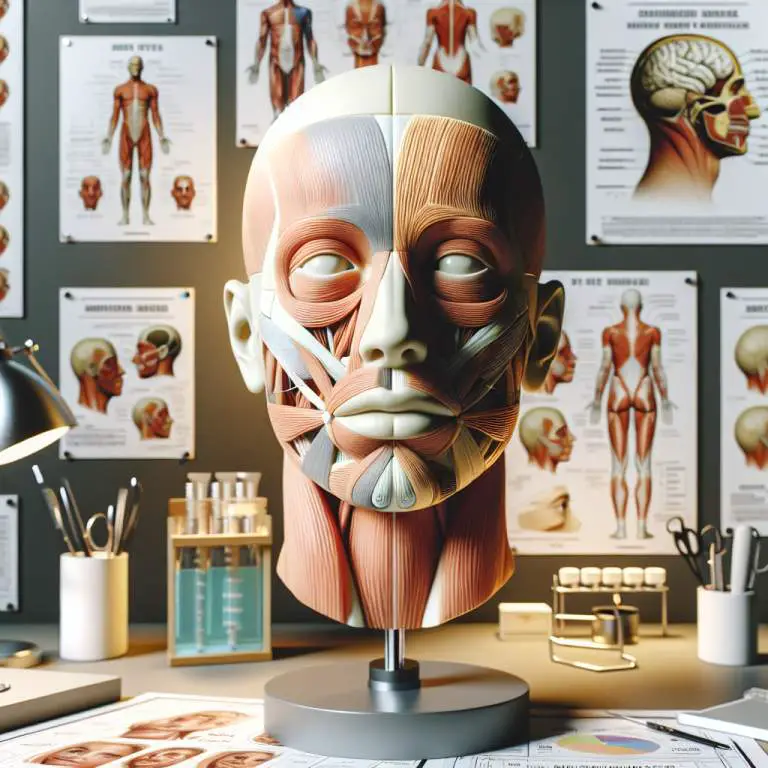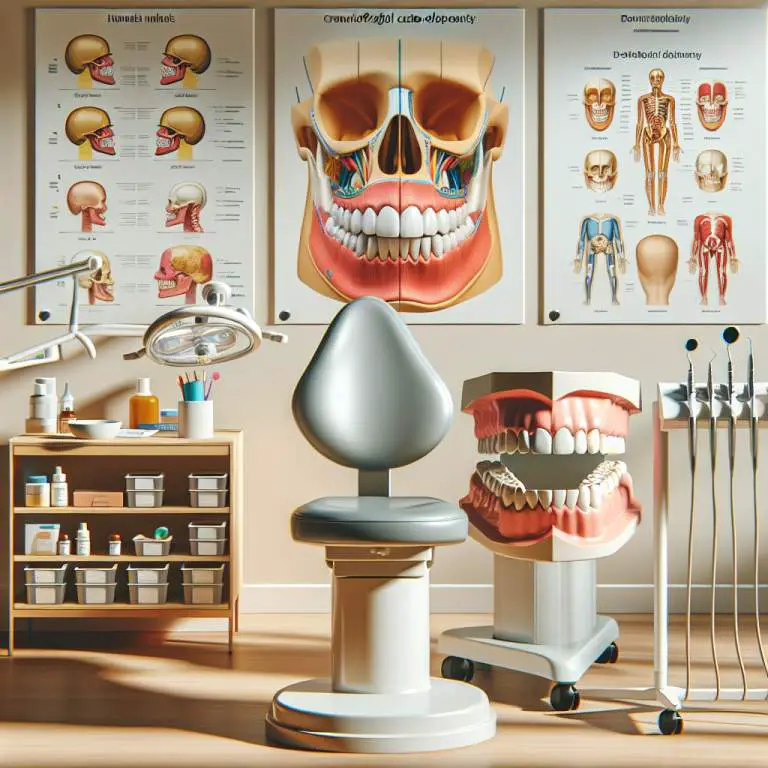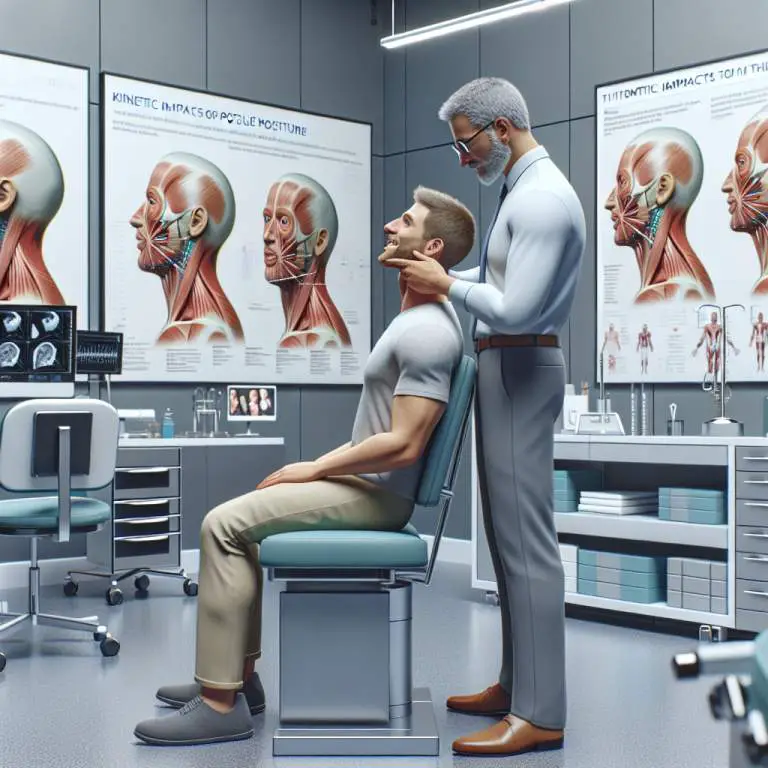What evolutionary theories support the practice of mewing?
Mewing, a practice that involves proper tongue posture to potentially reshape the jawline and improve breathing, aligns with evolutionary theories emphasizing the importance of facial structure in human development. Experts suggest that changes in diet and lifestyle over centuries have led to weaker jawlines and crowded teeth among modern humans. This theory supports the idea that mewing can help counteract these evolutionary changes by promoting stronger jaw muscles and better alignment, mirroring ancestral human facial structures more closely.

How Does Mewing Relate to Human Evolutionary Biology?
Mewing is a technique that involves placing the tongue against the roof of the mouth. This position is thought to help shape the jawline and improve breathing. It’s interesting because it connects to how humans have evolved over time. Our ancestors had stronger, more defined jawlines due to their diet and lifestyle, which required more chewing and thus, naturally encouraged a similar tongue posture.
Today, many people are interested in mewing because they believe it can bring back some of these evolutionary traits. By mimicking the natural resting position of the tongue seen in early humans, individuals hope to achieve better facial structure and health benefits. This idea suggests that our modern lifestyle has led us away from the physical characteristics developed over thousands of years.
What Anatomical Changes Have Occurred in Humans Over Time That Support Mewing?
Over thousands of years, human anatomy has changed significantly. One major change is in our jaw structure. Early humans had wide jaws with plenty of room for all their teeth, including wisdom teeth. This was necessary for their diet, which consisted largely of raw plants and meat that required extensive chewing.
However, as humans began cooking food and eating softer diets, our jaws started to become smaller since there wasn’t as much need for heavy chewing. This change has led to common problems like crowded teeth and less pronounced jawlines. Mewing supporters argue that by adopting this practice, people can encourage a wider jaw and better alignment of teeth, mirroring the anatomical structure of early humans.
How Does Mewing Mimic Natural Jaw Development Seen in Early Humans?
Mewing tries to replicate the natural way early humans developed their jaws through constant use and proper tongue posture. When you practice mewing correctly, your tongue pushes against your palate (the roof of your mouth), which can potentially influence the shape and development of your jaw and facial structure over time.
This action is similar to how our ancestors’ jaws developed strong and wide due to their dietary habits that involved a lot of chewing on hard foods. By encouraging this natural position through mewing, proponents believe it’s possible to promote healthier jaw development even in today’s world where diets no longer require such intensive chewing.
What Role Does Modern Lifestyle Play in the Need for Practices Like Mewing?
The modern lifestyle has significantly impacted our physical development, especially concerning our facial structures. With processed foods making up a large part of many people’s diets today, there’s less need for intensive chewing. This lack of natural exercise for our jaws contributes to narrower faces and dental issues like misaligned teeth or overcrowded mouths.
Beyond diet changes, other aspects like increased screen time lead to poor posture which can also affect facial development negatively. As we lean forward towards screens, it encourages a forward head posture that can impact how our face grows over time. Practices like mewing aim to counteract these modern influences by promoting better oral posture and encouraging habits that support natural growth patterns seen in human evolution.
| Time Period | Human Anatomical Development | Relevance of Mewing |
|---|---|---|
| Paleolithic Era (2.5 million – 10,000 years ago) | Development of bipedalism, changes in skull shape and jaw structure to accommodate cooked food. | Mewing might mimic natural jaw positioning of early humans due to tougher diet. |
| Neolithic Era (10,000 – 4,500 years ago) | Introduction of agriculture led to softer diets; changes in dental health and jaw structure observed. | Mewing could potentially counteract some modern dental issues linked to softer diets. |
| Industrial Revolution (1760 – 1840) | Rapid urbanization influenced diet and health; increased dental malocclusions noted. | Mewing practices may address postural issues related to modern lifestyle changes affecting oral health. |
| 21st Century | Increase in processed foods and sedentary lifestyles further impacting dental structure and overall health. | Mewing aligns with a return to practices that support natural anatomical development amidst modern challenges. |
Are There Any Scientific Studies That Support the Evolutionary Benefits of Mewing?
When it comes to scientific studies on mewing, there’s not a lot out there. Most of the evidence supporting mewing and its benefits comes from anecdotal reports and theories. However, some researchers have started to look into how posture affects oral health, which is closely related to mewing.
These studies suggest that proper tongue posture can indeed play a role in aligning the teeth and jaws. This is because the position of the tongue can influence the shape of the jaw over time. But, it’s important to note that these studies are still in their early stages.
How Can Adopting Mewing Affect Long-Term Oral and Facial Health from an Evolutionary Perspective?
Mewing could potentially lead to better oral and facial health by encouraging a more natural alignment of the jaw and teeth. From an evolutionary perspective, this aligns with how our ancestors’ jaws were shaped due to their diet and lifestyle. They had stronger, more well-defined jawlines because they chewed tougher food.
By adopting mewing practices, people might experience improvements in breathing, reduced sleep apnea symptoms, and even changes in facial structure over time. These changes could mirror those seen in early humans, suggesting that mewing may help counteract some negative effects of modern lifestyles on our oral health.
What Are the Potential Risks or Downsides of Mewing According to Evolutionary Biology?
Despite its potential benefits, there are also risks associated with mewing. One concern is that incorrect technique could lead to problems rather than improvements. For example, applying too much pressure with the tongue or doing it incorrectly could cause dental issues or misalignment.
Furthermore, evolutionary biology suggests that our bodies have adapted to our current diets and lifestyles. Suddenly changing the way we hold our tongues could have unforeseen consequences since our jaws have evolved differently from those of our ancestors. It’s crucial for anyone considering mewing to approach it cautiously and be aware of these potential downsides.
Final Thoughts
Mewing presents an interesting concept when viewed through the lens of evolutionary biology. While scientific evidence is limited at this stage, there’s potential for benefits related to oral and facial health that mimic those seen in early humans.
However, as with any practice that involves bodily change, there are risks involved. It’s essential for individuals interested in mewing to do thorough research and possibly consult healthcare professionals before trying it out. Ultimately, understanding both the potential benefits and risks will help make informed decisions about adopting such practices.

